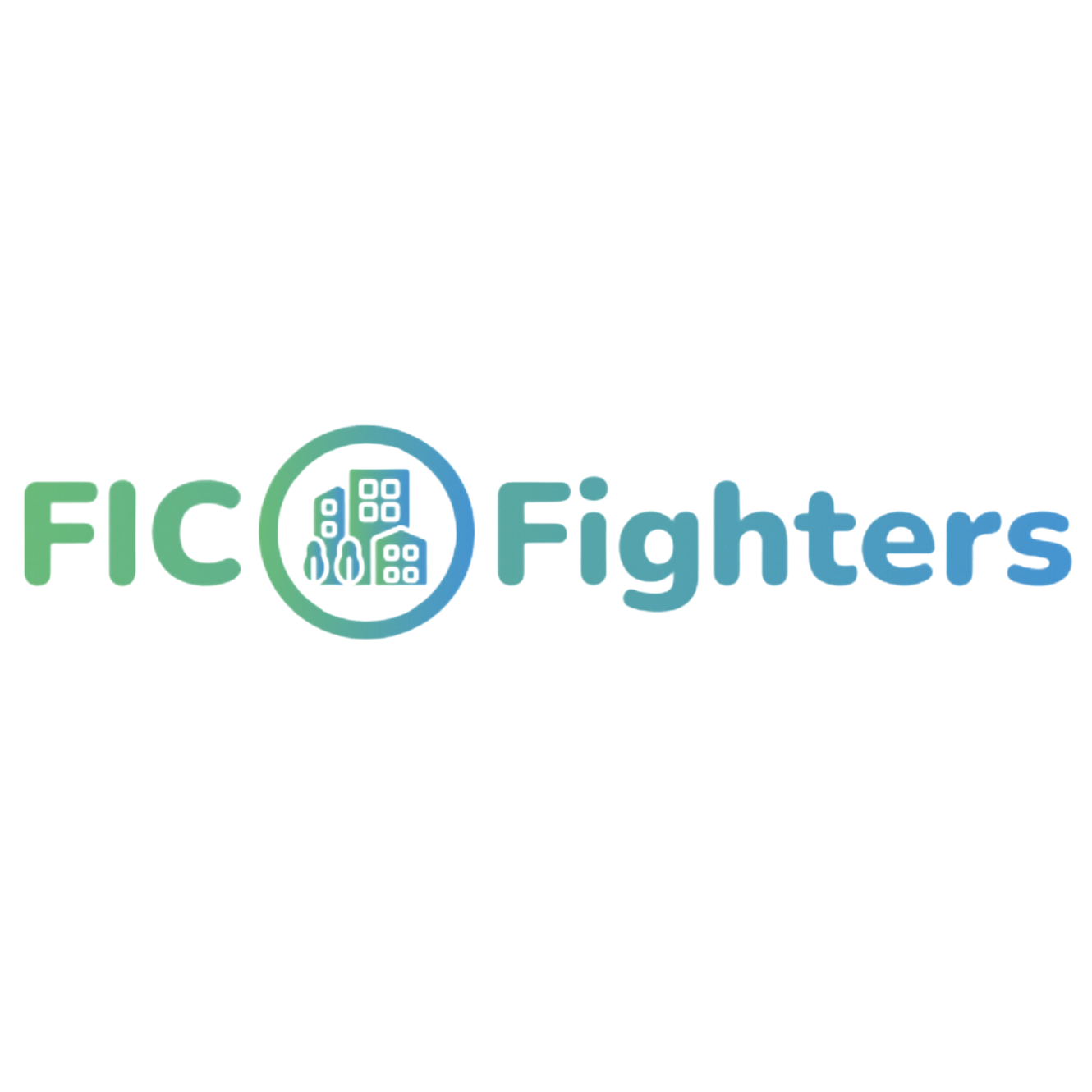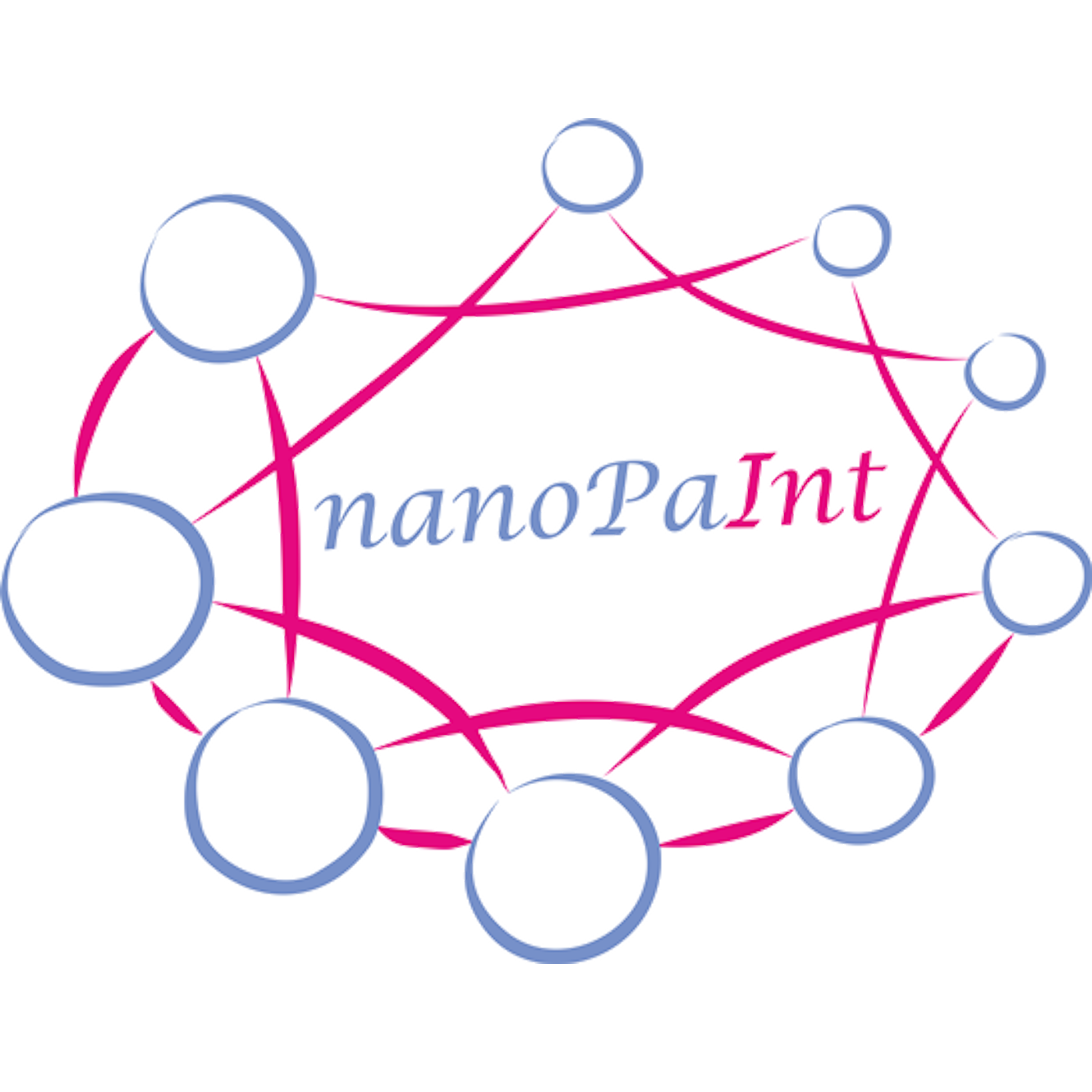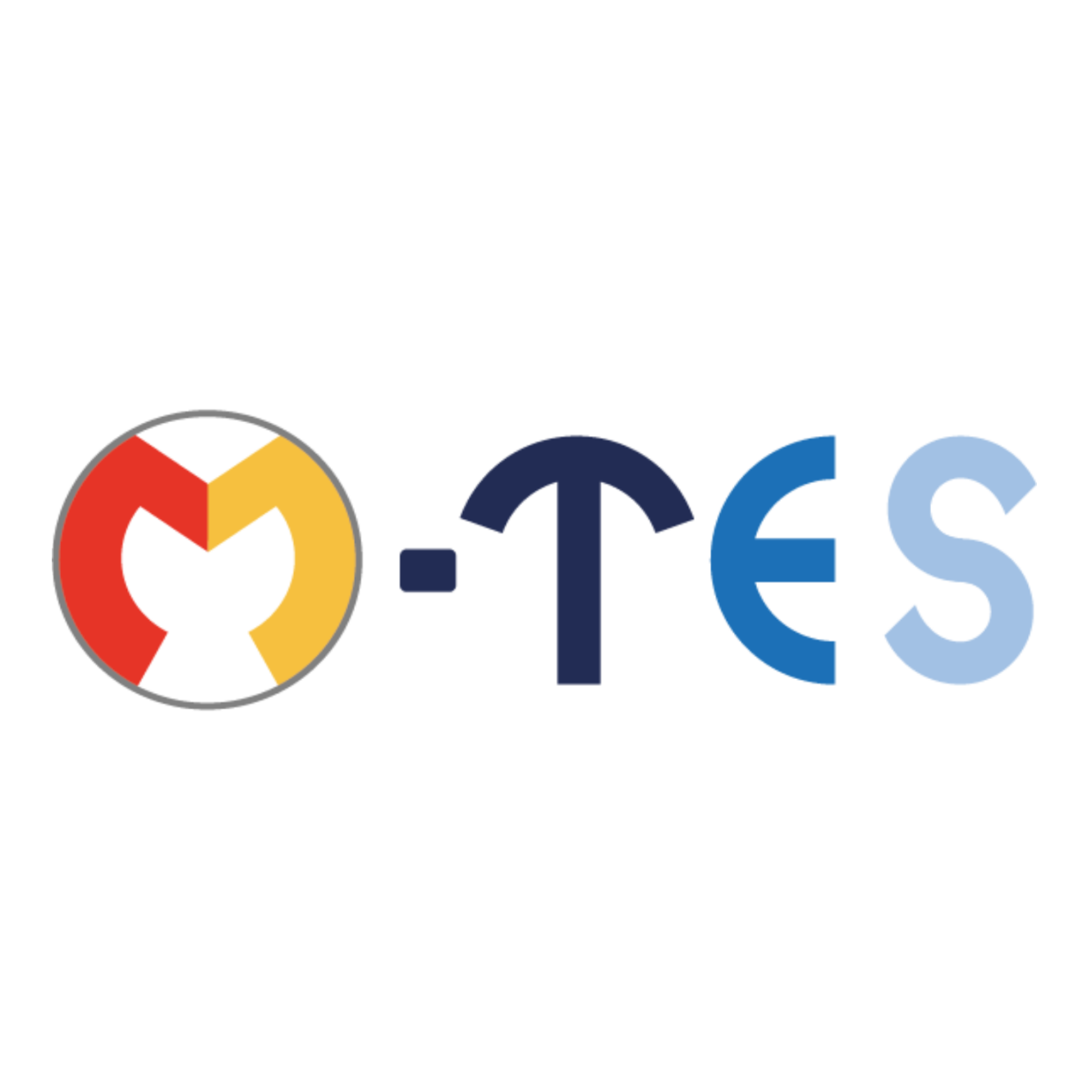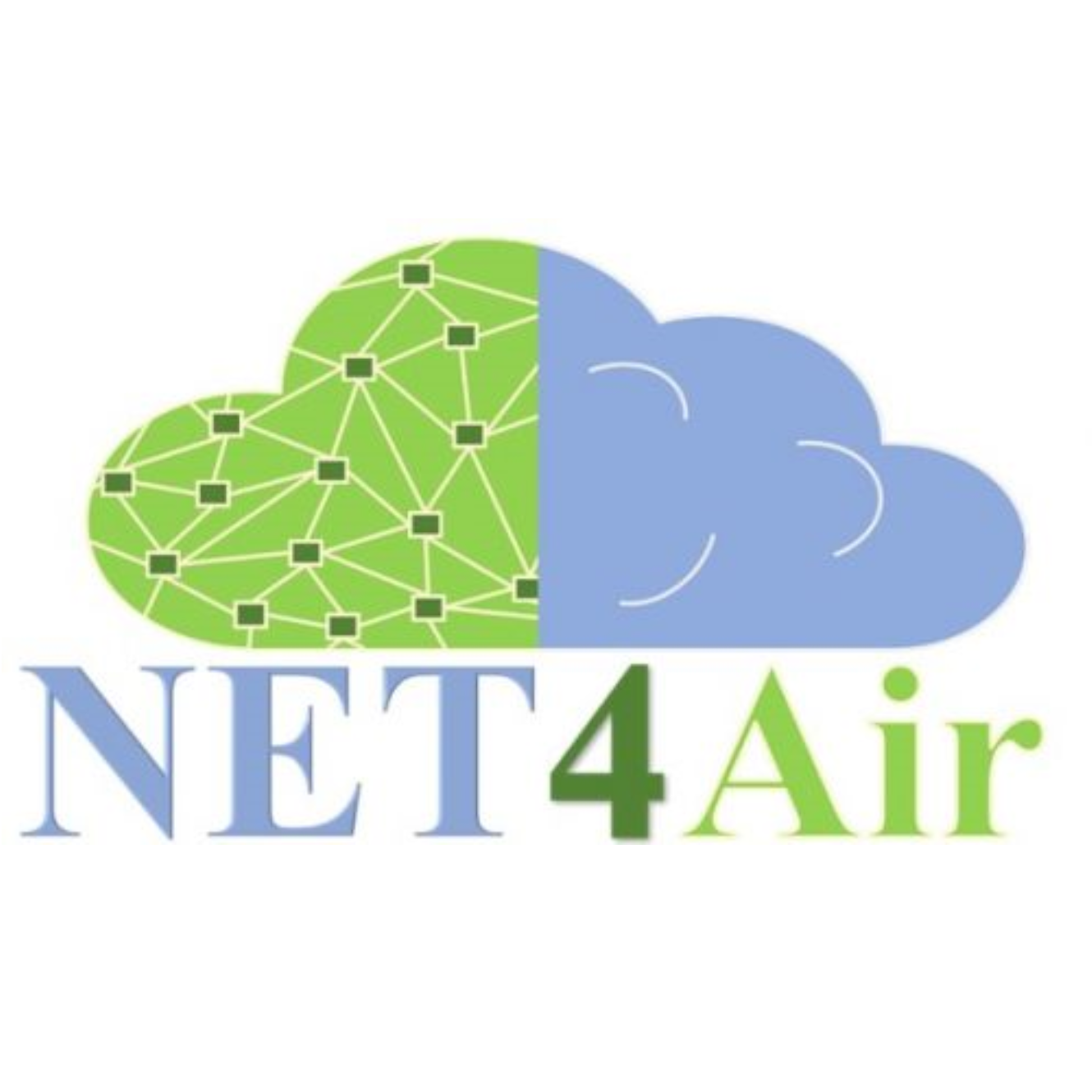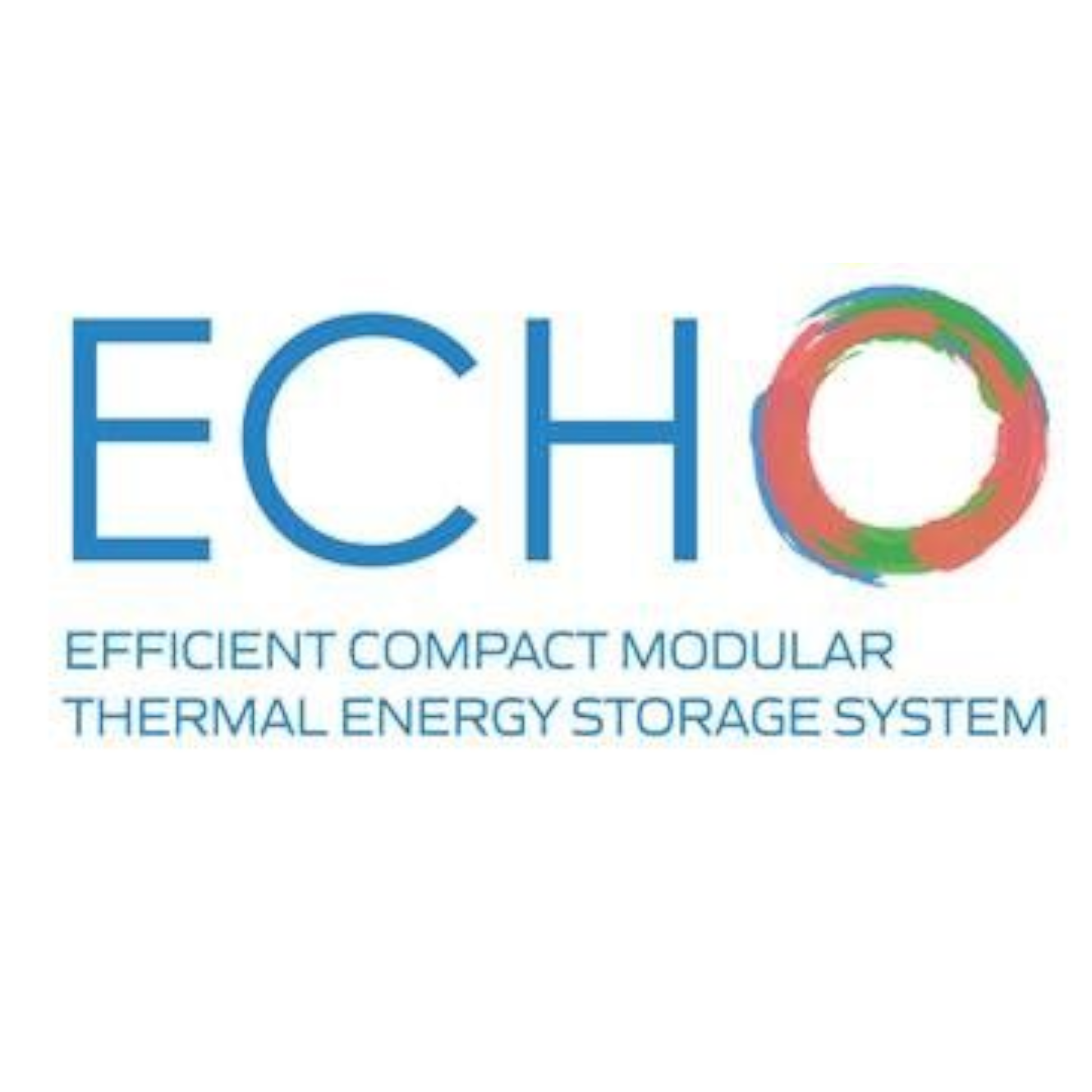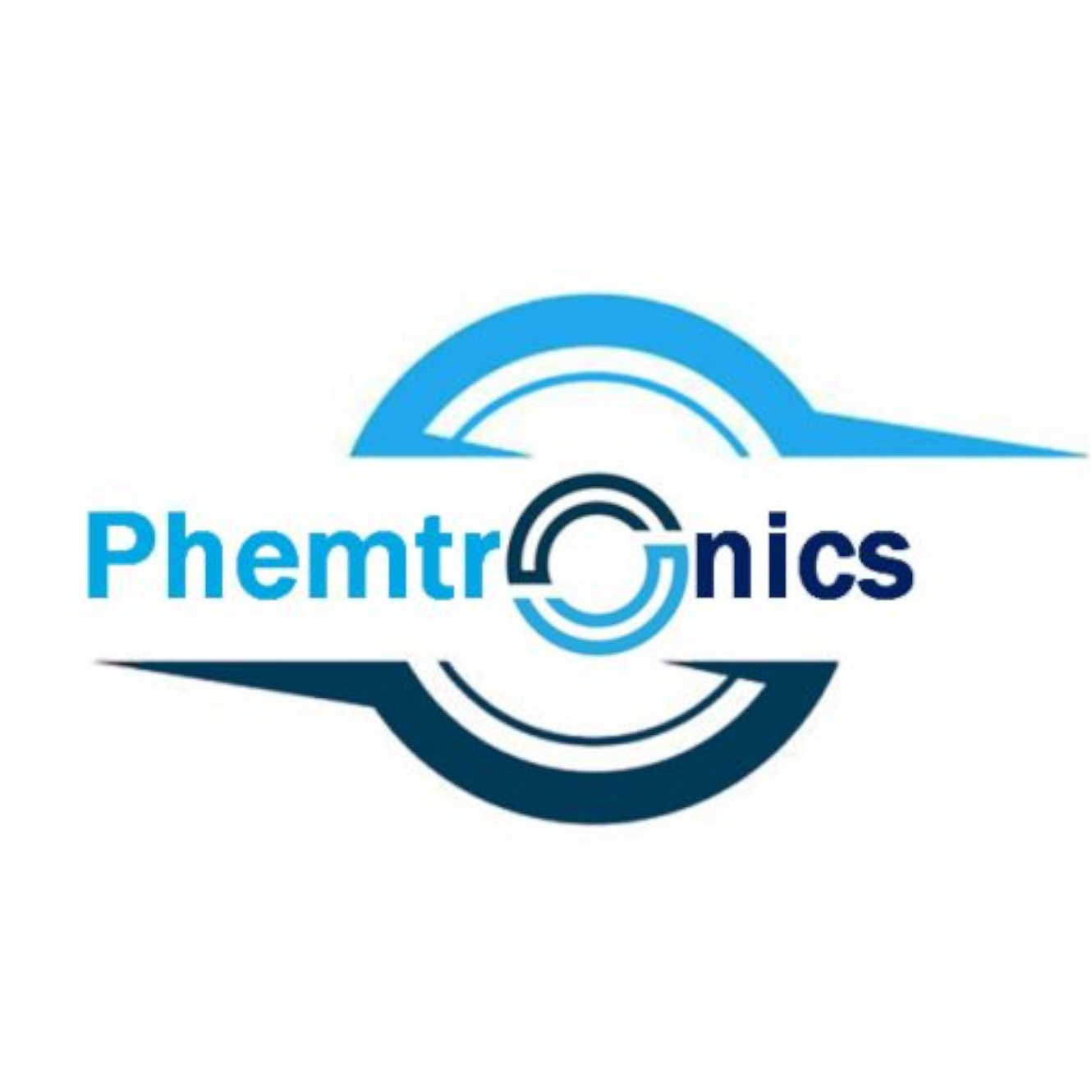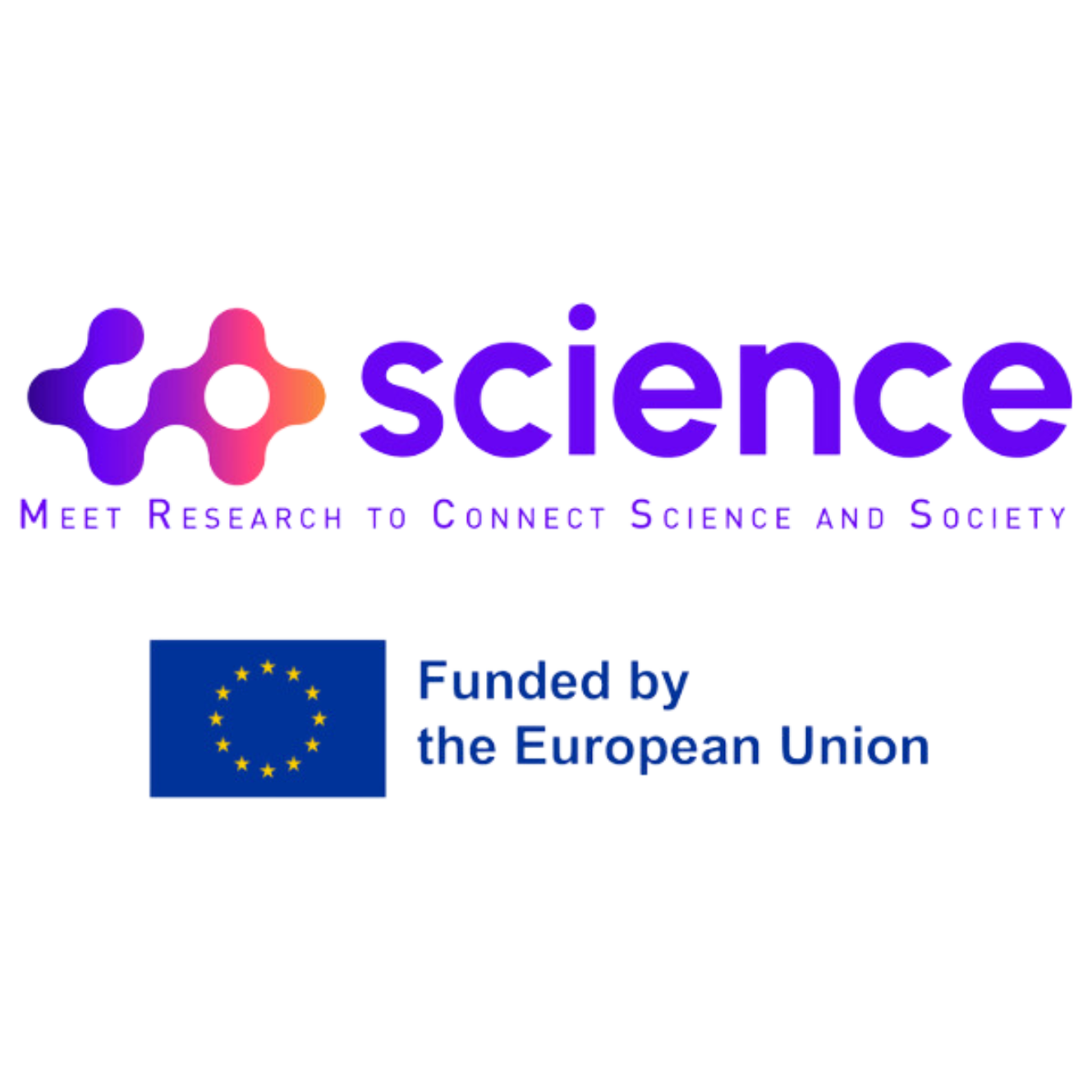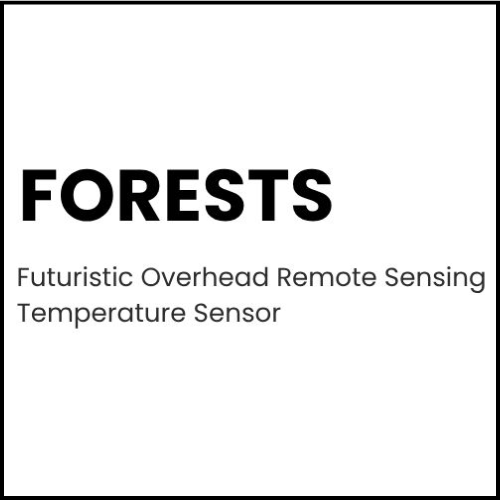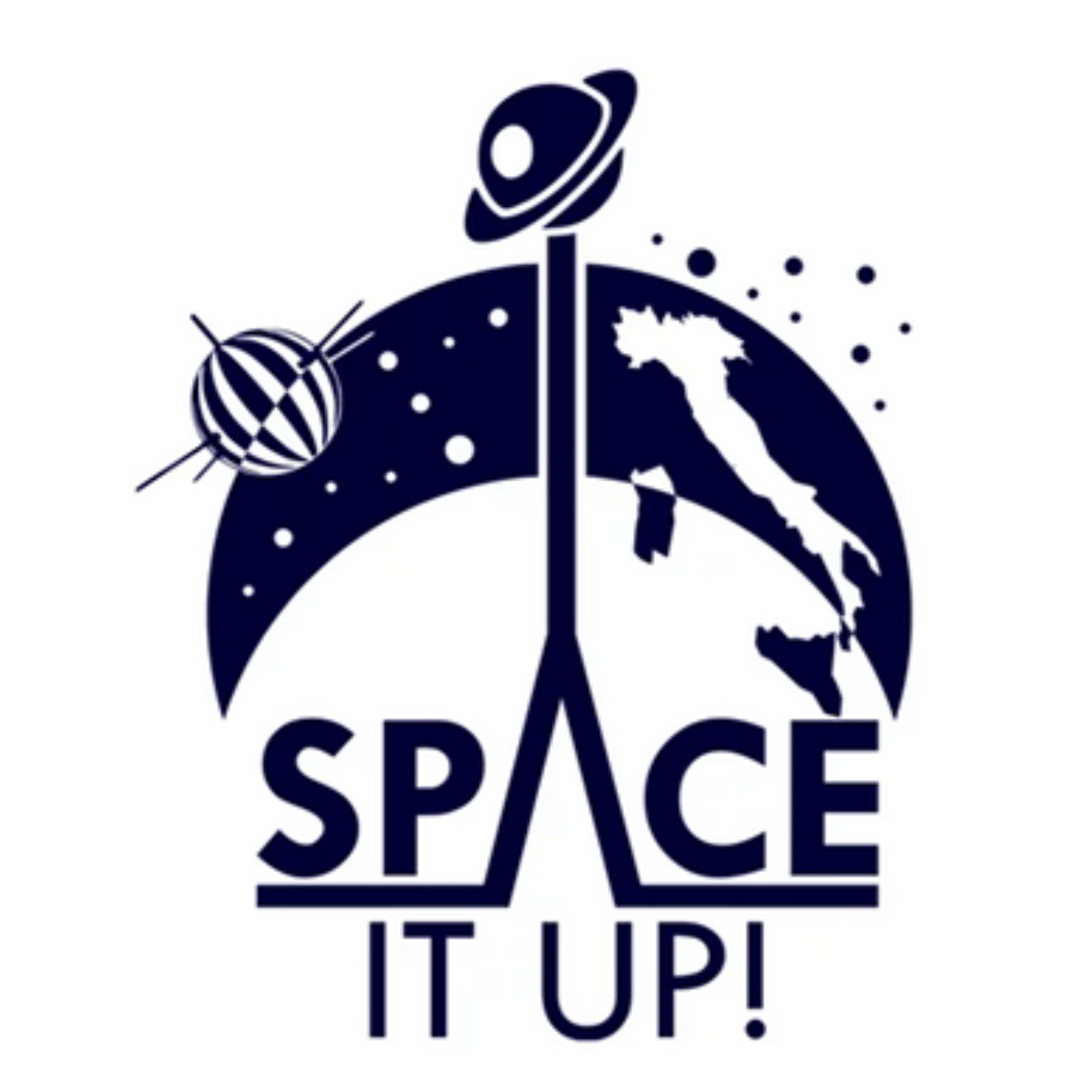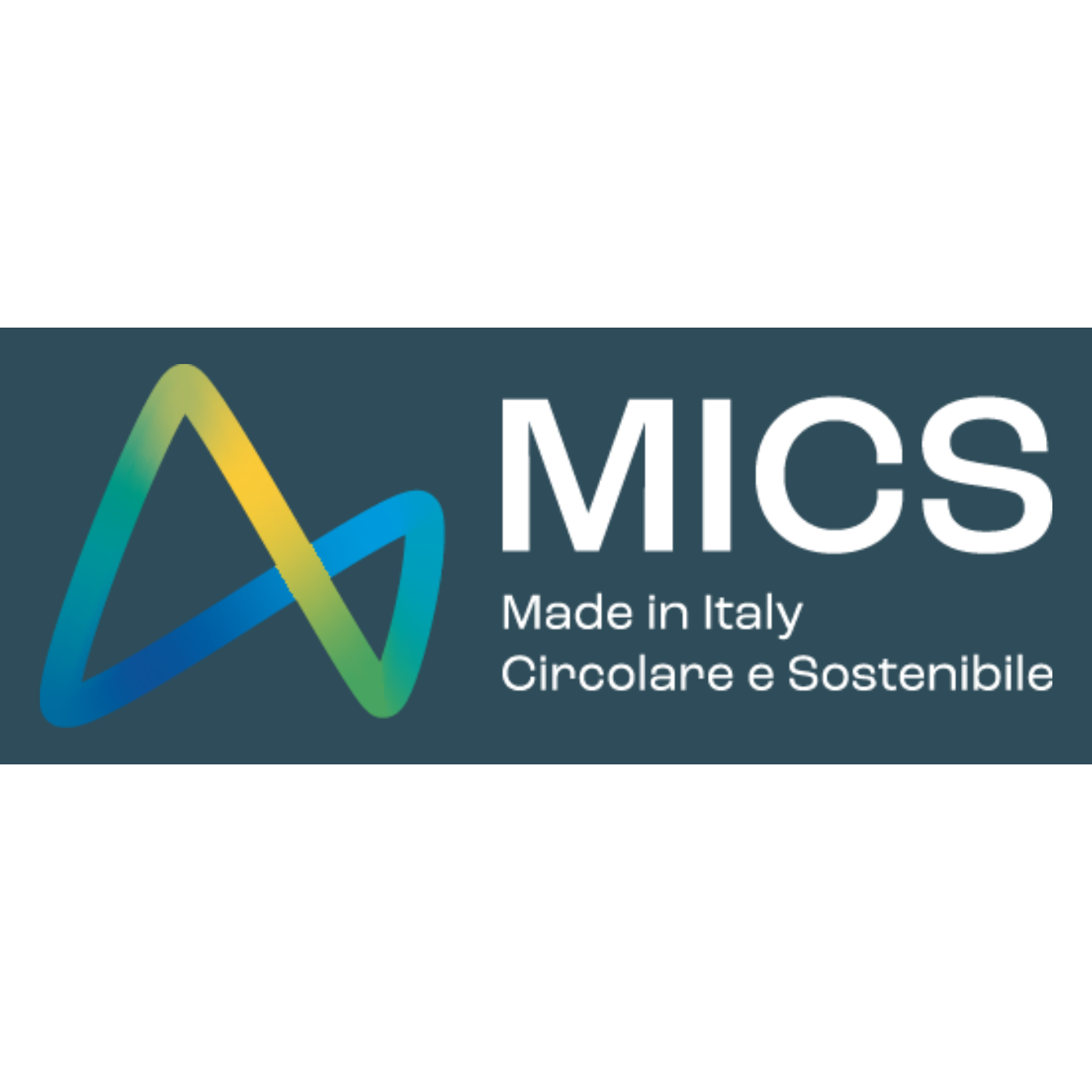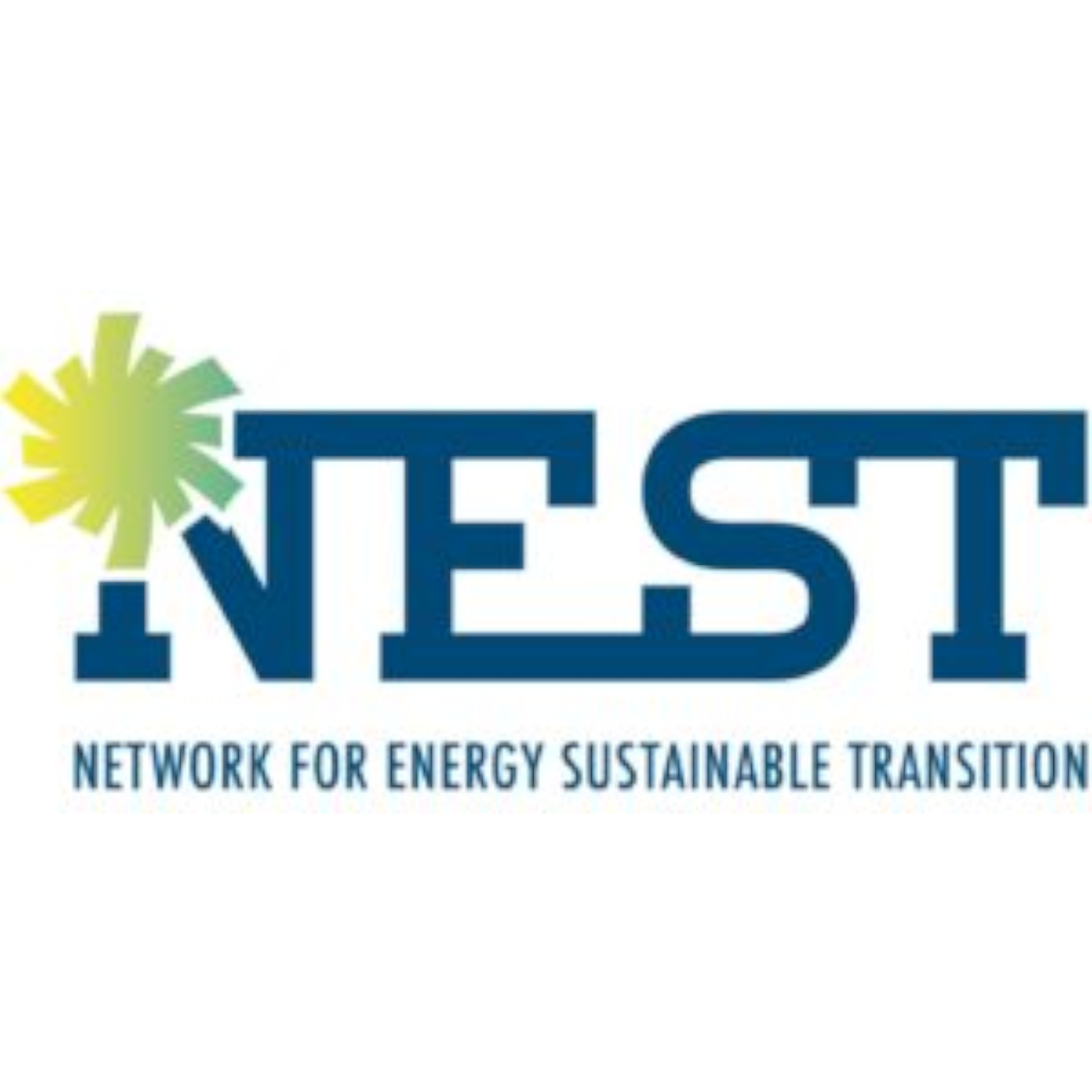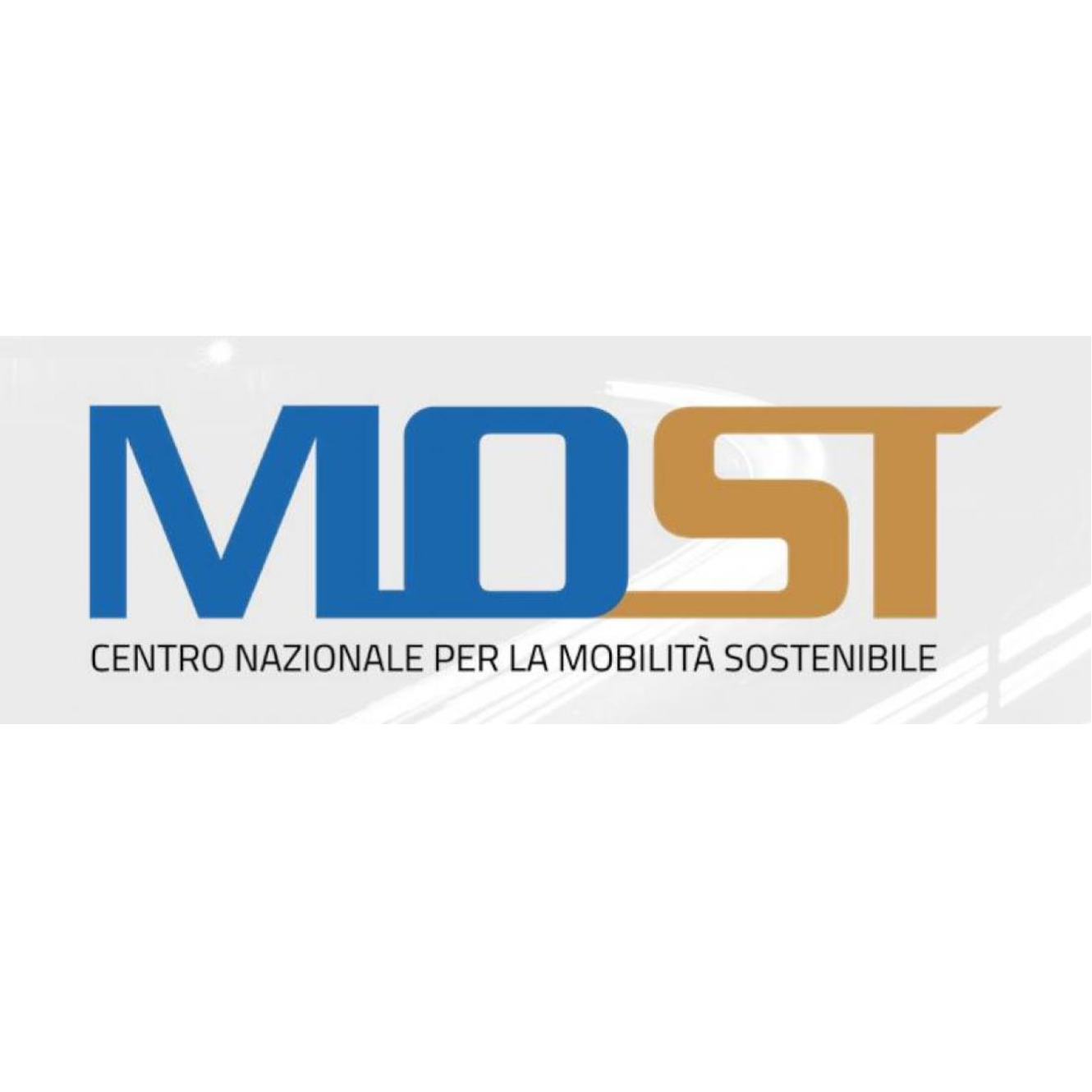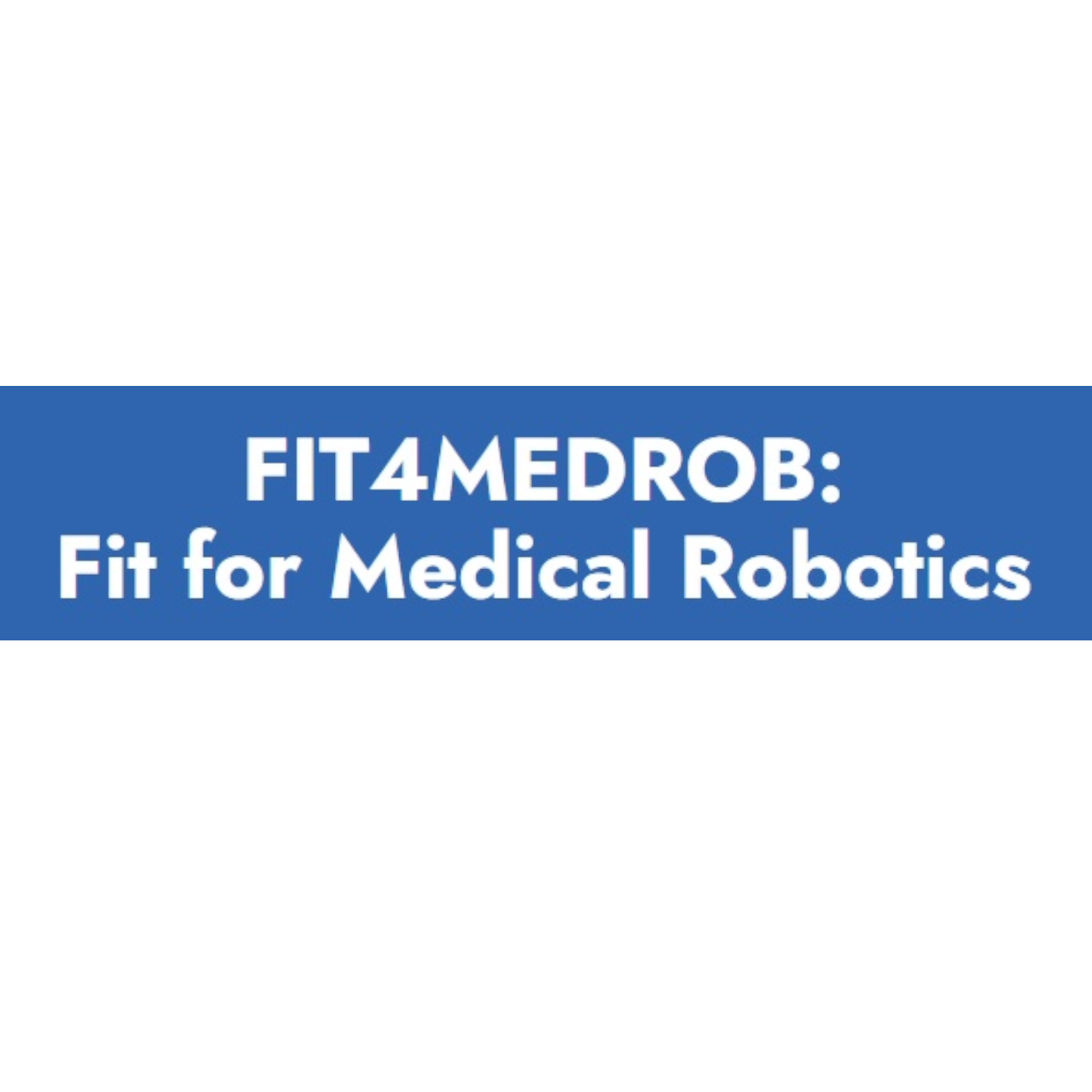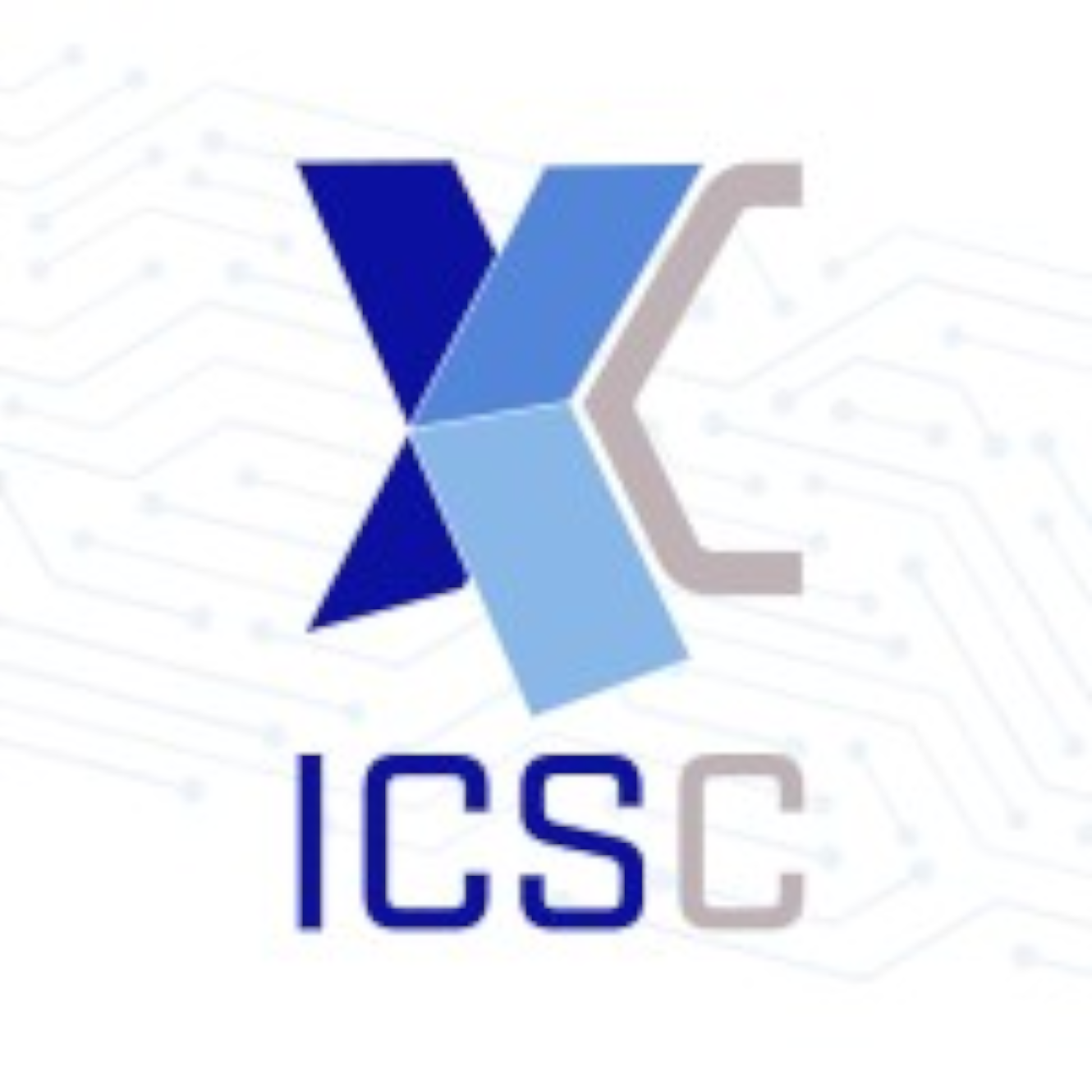PRIN projects
THERMOSPIN - Modelling and process engineering of Heusler alloys for thermoelectric waste heat harvesting and spintronic applications
Stefano Boldrini: responsabile dell’unità CNR
Durata: 24 mesi. 28/09/2023 – 27/09/2025
Abstract: The proposal is focused on all-d-metal Heusler compounds, without critical raw materials (CRMs) and toxic elements, showing multifunctional properties ranging from thermoelectric conversion of waste heat to spintronics.
The challenge is to establish a link between the atomistic modelling of the electronic structure and the measured transport and magneto-electric properties of samples processed with scalable techniques.
The first objective is to understand the role of structural defects and magnetic disordering on the deviation of half-metallic behaviour from the Slater-Pauling rule, based on valence electron count. Ab-initio calculations will compute the relative stability of defective and non-defective structures in different Heusler compounds, establishing a guideline for the experimental verification of the interrelation between defects and properties through the combination of NMR experiments, transport and magneto-electric characterization of samples processed by different routes.
The second objective is to improve the efficiency of thermoelectric conversion in Heusler alloys, maximizing the figure of merit
ZT=(S^2*T)/(r*k)
(S, T, r, k are Seebeck coefficient, absolute temperature, electrical resistivity and thermal conductivity,
respectively) through doping to optimize S^2/r and decoupling electron/phonon scattering to minimize k. Increase of phonon scattering without affecting electrical conductivity can be targeted using scalable non-equilibrium processing routes to increase grain boundaries density.
The third objective is to control structural and microstructural features through compound design and process engineering, by comparing bulk samples and thin films, in order to maximize specific properties.
The proposers plan to achieve the goals offering multidisciplinary competences that cover ab-initio computation, metallurgical processing, thin film deposition, characterization of structural, microstructural, transport and magneto-electric properties.
The new proposed materials can spread across different fields of application, due to their versatility, availability and reduced environmental impact. In addition, all-d-metal Heusler alloys are expected to have improved mechanical properties, allowing the production of more robust and reliable devices.
From the thermoelectric point of view, the materials investigated can fill the gap in the medium-high temperature range (400-900 K) due to their thermal stability and ease of processing, reducing the payback time of investments for waste heat recovery applications.
In view of spintronic applications, new half-metallic Heusler alloys in the form of thin films will be grown and investigated. These materials can represent a breakthrough in modern computer technology thanks to the control of electronic structure and magnetic properties, leading to giant magnetoresistance and high Curie temperature, guaranteeing half-metallic behaviour and high spin polarization at room temperature.
HEADSTONE - High-Entropy Alloys for improveD Solid-StaTe hydrOgeN storage
 Silvia Maria Deambrosis: responsabile di unità CNR
Silvia Maria Deambrosis: responsabile di unità CNR
Link: https://www.headstone.unimore.it/
Durata: 24 mesi. 28/09/2023-27/09/2025
Abstract: HEADSTONE is a PRIN 2022 project that aims to design, synthesize, and test new lightweight high entropy alloys (HEAs) for solid-state hydrogen storage. The project intends to produce HEAs in both powder and thin-film forms by high-energy ball milling (HEBM) and MS-GLAD (Magnetron Sputtering-Glancing Angle Deposition) respectively. Hydrogen absorption and release performance are verified using designed test cells, with the ultimate goal of achieving high storage density, low absorption pressure, and low release temperature.
Produzione scientifica correlata:
- Masterclass at the “Start Cup Ecosister Day” on October 24th in Bologna (https://www.startcupemiliaromagna.it/).
- Oral presentation: “Synthesis of high-entropy alloys (HEA) through high-energy ball milling (HEBM) for hydrogen storage” by Dr Rolando Pedicini (CNR-ITAE) at the Hydrogen Power Theoretical & Engineering Solutions International Symposium – HYPOTHESIS XIX (Date: July 14-18, 2024).
BEASTIE - Robotic Underwater Autonomous Social Team for Cooperative Manipulation and Intelligence
Michele Ferrari: responsabile di WP
Link:https://x.com/BeastieProject
Durata: 24 MESI. 27/9/2023 – 26/9/2025
Abstract: A collectivity (swarm) of small, socially interacting underwater robots made of smart materials to manipulate objects. The robots will only have grippers mounted on their bodies, without any arms, with a morphing multi-body manipulator consisting of single-link agents connected via virtual links for cooperation.
WP2 (ICMATE-M.Ferrari): Design and development of superamphiphobic materials (coatings and bulk) with high water/oil repellency with self-cleaning properties for materials protection.
Low wettability benefits such as inhibiting scale growth or its easy removal and self-cleaning behaviour during or after diving in shallow waters. Antifouling properties as a function of the inhibition of the formation in the operating environments and the removability of the biofilm. Friction reduction improves efficiency of movement, greater autonomy in operation and reduction in consumption
Produzione scientifica correlata: Articolo in preparazione per Special Issue “Liquid–Solid Interfaces in Environmental Research” in Coatings (MDPI)
PRESTO - Phase change materials foR Energy Saving and building Thermal cOmfort
Simona Barison: Principal Investigator
Durata: 24 mesi. 30/09/2023 – 29/09/2025
Abstract: Heating and cooling in European buildings and industry account for half of the EU’s energy consumption. This project proposal aims to address this issue by proposing new composite materials designed to increase the energy efficiency of buildings. The PRESTO project idea is based on the development of sustainable composite materials containing phase change materials (PCMs) dispersed in building elements, used to store solar energy during the day and release it at night, thus reducing diurnal temperature fluctuation and cooling consumption. PCM dispersions in both geopolymers and commercial polyurethane are developed and tested, and the resulting composites are characterised in terms of chemical, structural, morphological, mechanical and thermal properties. They are also subjected to laboratory-scale tests to measure their static and dynamic thermal transmittance according to international standards. In addition to ICMATE-CNR, which coordinates the project, the ITC-CNR Institute and the IUAV University of Venice are involved in the project.
SMART-AIR: Sustainable Methods in Air Research qualiTy

Silvana De Iuliis: Responsible di WP
Sustainable Methods in Air Research qualiTy: elaboration and validation of reliable elemental quantification via correlative measurements based on certified and “green” techniques for particulate matter.
Abstract: Our SMART-AIR project aims to precisely define sample preparation procedures and testing conditions to analyze the concentration of Pb, As, Cd and Ni in PM filters by XRF under grazing incidence, validating the results with complementary techniques such as ICPs and correlate with elemental composition from emission sources determined by laser induced breakdown spectroscopy (LIBS). The goal is to build up a consistent quality management system, ensuring the traceability and reliability of the methodologies, as well as its dissemination for air quality monitoring purposes. Reference filters samples and emission conditions will be realized by aerosolization using different organic matrix such as Latex or microplastic mixed with nitrate salt of copper, nickel, or arsenic. The main goal of the project is to provide standardized procedures for the evaluation of PM composition based on adequate sample preparation methods and a combination of methodologies applied to reference and real sample for assessment of target elements concentration on the atmosphere.
Durata: 24 mesi. 05/02/2025 – 04/02/2027
MULTIFUN - Multifunctional Compounds for a Multitarget Approach against Neurodegenerative Disorders
Barbara Vercelli: responsabile di gruppo di ricerca CNR
Durata: 24 mesi. 16/10//2023 – 15/10/2025
Abstract: The MULTIFUN project will develop new multi-target directed compounds (MTDCs) against neurodegenerative disorders by selecting pairs of targets based on their known involvement in these pathologies, such as Protein-tyrosine phosphatase 1B (PTP1B) and β-amyloid peptides for Alzheimer’s disease (AD) and β-glucocerebrosidase (GCase) or synuclein and reactive oxygen species (ROS) for Parkinson’s disease (PD). Modulation of enzymatic activity by synthetic inhibitors can be an effective strategy for the treatment of many diseases in general and of neurodegenerative disorders in particular. Based on encouraging results relative to the occurrence of advantageous effects of multivalency in the inhibition of enzymes, such as glycosidases, MULTIFUN will exploit scaffolds suitable for the synthesis of multivalent MTDCs towards enzymes related to neurodegenerative diseases. Calixarenes, dendrimers and nanoparticles are promising structures for this aim, since they allow combining on a single platform multiple copies of an active unit (multivalency) with one or more different inhitopes (multi-target). In addition, the possibility of tuning the biological activity of these systems, in particular towards glycosidases, will be explored by using stimuli-responsive moieties to modify the affinity of the inhitopes for the target. The ambitious goal of the project is to obtain MTDCs showing simultaneous biological activity against pairs of targets responsible, in neurodegenerative disorders, of amyloid aggregation and oxidative stress.
Produzione scientifica correlata:
- Vercelli et al., “Blue-Emitting Carbon Quantum Dots: Insight into the Effect of the Synthesis Parameters of the Hydrothermal Approach” Comunicazione orale Convegno SCI 2024, Milano 26-30 Agosto, 2024.
- Vercelli et al., “”Hydrothermal Approach for the Preparation of Blue-Emitting Carbon Quantum Dots: An insight into the Influence of the Reaction Parameters”, research article in Small Structures, https://doi.org/10.1002/sstr.202400481.
FORCEFUL - Fuel from CO2 by co-electrolysis: advanced materials and devices for sustainable energy storage
Sabrina Presto: responsabile di unità CNR
Durata: 24 mesi. 16/10/2023 – 15/10/2025
Abstract: The project focuses on the development of innovative materials and devices capable of converting captured CO2 into synthesis gas (CO+H2) in a single step. The device proposed in FORCEFUL is a solid oxide co-electrolyzer where a mixture of CO2+H2O is fed into the cell and converted into syngas. The synthesis gas can then be used directly as fuel (in a solid oxide fuel cell, for example) or converted into chemicals or fuels by Fisher-Tropsch process. The developed electrodes and electrolytes will be able to operate in both electrolyzer and fuel cell configurations, allowing minimizing the current limitations of state-of-the-art solid oxide cells and ensuring operation in the presence of carbon in order to have an effective energy storage. The consortium includes experts in both synthesis and characterization of electrocatalysts and electrolytes, as well as modeling experts who will help to understand the observed behaviours and predict the best strategy to develop and optimize the device.
UP-SOOT - UPcycling SOOT for sustainable nanocomposites-based wearable sensors
Francesca Migliorini: Responsible di WP
Durata: 24 mesi. 28/09/2023 – 27/09/2025
Abstract: The project concerns the recovery and valorization of carbon nanoparticles deriving from combustion processes (called soot), known to be harmful to both the environment and health, transforming them into innovative materials to be used in the sensor field. In particular, a laboratory flame fed with classic hydrocarbons is used to produce soot nanoparticles with different C/H ratios. These nanoparticles are characterized and appropriately modified (also through laser irradiation) in order to favor their functionalization for the creation of innovative inks and for the production of wearable biosensors for the real-time monitoring of some physiological biomarkers.
ELAPSE Laser Welding and Repair of Superalloys
Giuliano Angella: Responsible di WP
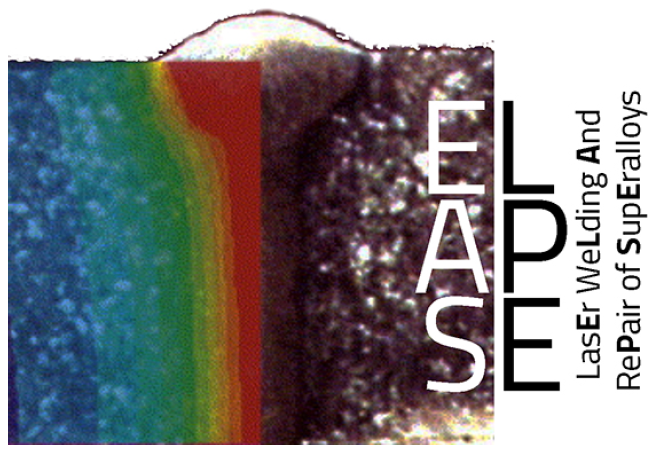
Design for Sustainability asks for higher and higher performance materials and enhanced techniques to realize their joints. There is a strong motivation to improve in particular alloys for heat resistance in order to realize improvements in thermal efficiency that are necessary to achieve environmental targets for reduced emissions of harmful green-house gases. For Advanced-Ultra Supercritical applications, the emphasis is on high-temperature strength, long-term creep life, phase stability, oxidation resistance, and robust and flexible welding processes. In this scenario, Ni-base superalloys are successfully used for mechanical components operating at high temperatures and stresses, conditions that however may cause surface cracks. Cracks can also form along the fabrication process compromising the product quality. Therefore, repair techniques, in the frame of circular economy, have a relevant economic and environmental impact, above all when dealing with high-cost materials like Ni-base superalloys; among them, laser welding (LW) with material deposition is the most promising.
The ELAPSE project aims at optimizing the parameters of LW, and Post-Welding Heat Treatments (PWHT) to be used in joining and repairing of some selected superalloys with different compositions and characteristics, processed with both subtractive and additive methodologies.
LANCIA Laser Ablation and plasmonic Nanostructure Coupling to Improve elemental Analysis
Marta Maria Natile: Responsible di WP
In this proposal UNIBA, UNICT and CNR units will join their respective expertise in Laser Ablation, Nanostructures (NSs) synthesis, substrate nanostructuring and NSs assembly to investigate plasmon enhanced laser ablation and apply it to elemental analysis techniques based on Laser Ablation as Laser Induced Breakdown Spectroscopy (LIBS) and Laser Ablation Inductively Coupled Plasma Mass Spectrometry (LA-ICPMS).
From the operative point of view, the research activity can be summarized with the following bullets:
- Synthesis of ultrapure NSs.
- Assembly of the NSs and tuning of the plasmon characteristic.
- Sample preparation for real NELA experiments
- Investigation of the mechanisms involved in NELA, including the interaction of the plasmonic system with the high-density plasma phase.
- Analytical application of NELA to elemental analysis of solid samples and liquid solutions.
Durata del progetto: 24 mesi, dal 30/09/2023 al 29/09/2025
ICEBERG Project Awarded PRIN Grant to Revolutionize Solid-State Cooling with Shape Memory Alloys
Elena Villa: Responsible di WP
The ICEBERG project (Improved elastoCaloric Effect BEyond tRaditional thermal management) has been awarded funding under the PRIN (Projects of Significant National Interest) call. This groundbreaking research initiative aims to develop next-generation shape memory alloys (SMAs) with enhanced elastocaloric properties, paving the way for innovative and efficient solid-state refrigeration systems.
SMAs are functional materials that exhibit a stress-induced martensitic phase transformation, making them highly suitable for elastocaloric cooling applications. Over the years, research has progressed from binary NiTii intermetallics to more complex ternary and quaternary systems, as well as Cu-based and magnetic alloys. The ICEBERG project focuses on further improving the elastocaloric effect by exploring novel ternary and quaternary alloys based on the NiTi system.
Led by expert research groups from the National Research Council ICMATE Institute, Lecco Unit, (Dr. Elena Villa) and Department of Mechanical Engineering of Politecnico di Milano (Prof. Riccardo Casati), ICEBERG will leverage state-of-the-art processing techniques to develop and optimize these advanced materials. Mini-scale ingots will be produced through arc melting and subsequently processed into ribbons and wires. Their chemical composition and microstructure will be fine-tuned to maximize elastocaloric effect efficiency, measured through key performance indicators such as temperature change, entropy change, and coefficient of performance.
The project will also explore additive manufacturing as an alternative production method for elastocaloric materials. Conventional fabrication techniques often face challenges such as high strain hardening, limited workability, and excessive tool wear, which can hinder the manufacturability of SMAs. By utilizing laser powder bed fusion, ICEBERG aims to overcome these limitations, enabling the production of near-net shape components with complex geometries and enhanced cooling efficiency. A novel high-throughput screening method based on powder mixing will facilitate the development of novel alloys optimized for AM processing.
The ultimate goal of the ICEBERG project is to fabricate miniature solid-state refrigerators with high surface-to-volume ratios, leveraging the unique capabilities of AM to enhance heat exchange and elastocaloric performance. By bridging the gap between material science and advanced manufacturing, ICEBERG seeks to establish a new benchmark in the field of SMA-based refrigeration.
Through their complementary expertise in metallurgy, shape memory alloys, and additive manufacturing, the research teams at CNR ICMATE and Politecnico di Milano are set to push the boundaries of elastocaloric cooling technology. The success of ICEBERG could significantly contribute to the development of eco-friendly and energy-efficient refrigeration solutions, reducing reliance on conventional cooling methods and their associated environmental impact.
SPUMA
Solid Foam Photocatalytic Multiscale Filters
ReLoDS
Reconfigurable Low-dimensional Nano-Structures at Liquid Interfaces
Biocaot
Novel Deposition Method for Biomedical Applications
Bilateral agreements
BRIC – Preparation and characterization of materials used in Neutral Beam Test Facility (NBTF).
Research activities under the Neutral Beam Test Facility (NBTF) – Bilateral Framework Agreement – BFA entered between the RFX Consortium and CNR-ICMATE (CUP B53C23004340006).

